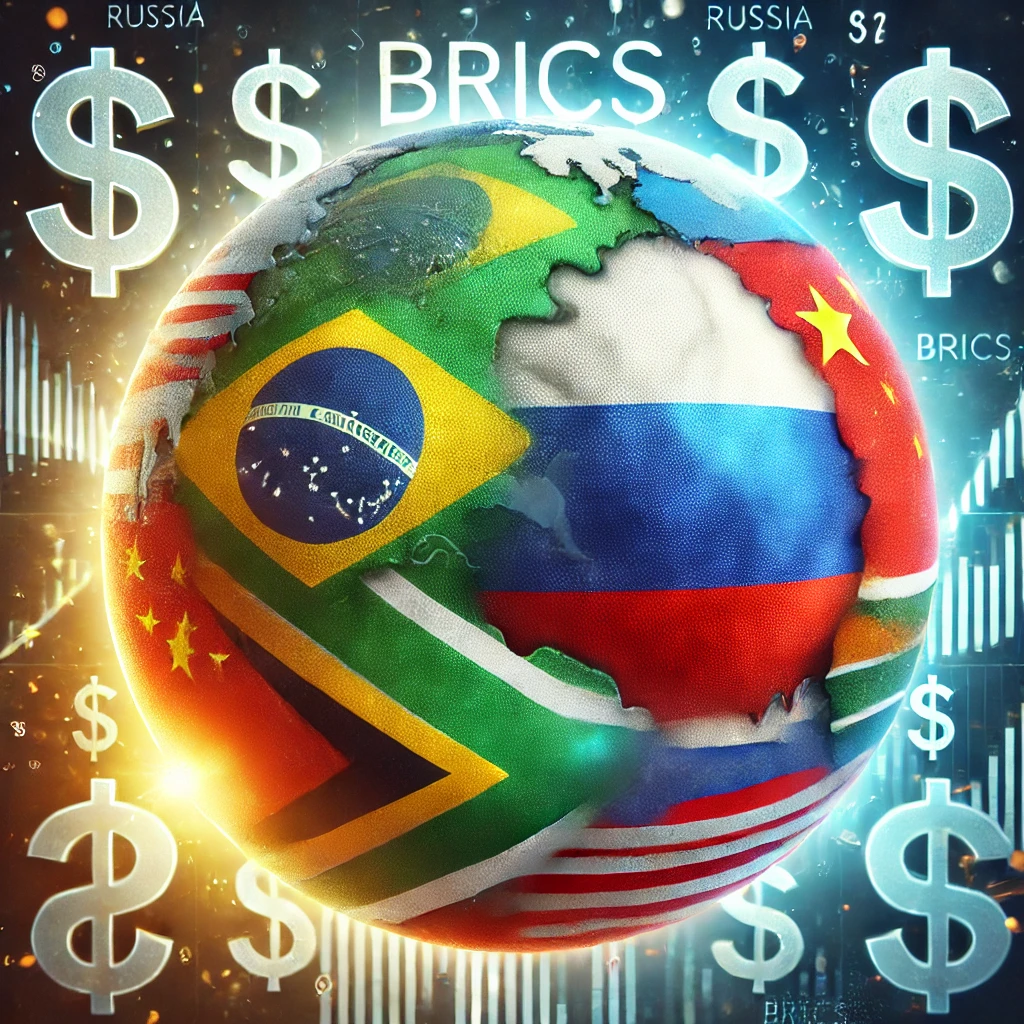Russia’s Shift from Dollar Dependence to BRICS
The global financial landscape is witnessing a significant transformation as Russia maneuvers to reduce its dependence on the US dollar. This strategic shift is closely aligned with the emergence of the BRICS coalition—comprising Brazil, Russia, India, China, and South Africa—as a formidable economic bloc offering viable alternatives to the dollar-dominated system.
The Historical Context of Dollar Dependence
Since the end of World War II, the US dollar has been the cornerstone of international trade and finance. For decades, Russia, like many other nations, has relied heavily on the dollar for trade and reserves. However, geopolitical tensions and economic sanctions have pushed Russia to reconsider this dependency. As a result, the Russian government has been actively seeking ways to decrease its reliance on the dollar, which, in many ways, has become a tool of geopolitical leverage for the US.
The Role of BRICS in Russia’s Economic Strategy
Amid rising global uncertainties, the BRICS nations have emerged as a collective economic powerhouse. This coalition is not only a response to the dominance of Western economies but also a platform for promoting economic collaboration and innovation among member countries.
- The BRICS countries collectively represent a substantial portion of the world’s population and GDP.
- They are working towards establishing a new financial infrastructure that can provide an alternative to the traditional Western financial systems.
- The BRICS Development Bank serves as an instrument to facilitate trade and investment among the member countries.
These developments make BRICS a natural partner for Russia as it seeks to diversify its economic partnerships and reduce its dollar reliance.
Challenges and Opportunities
While the shift away from the dollar presents numerous opportunities, it also comes with its own set of challenges.
- **Trade Settlements:** One of the immediate challenges is establishing a reliable mechanism for trade settlements in non-dollar currencies. This requires significant adjustments in financial infrastructures and trade policies.
- **Currency Volatility:** Transitioning to alternative currencies may expose Russia to new risks related to currency volatility and exchange rate fluctuations.
- **Economic Reforms:** Internally, Russia must implement structural economic reforms to bolster its financial system against potential shocks from this transition.
Despite these challenges, the move towards BRICS also opens new economic avenues. It allows Russia to tap into the vast markets of the BRICS nations and leverage the combined economic might for mutual benefit.
The Geopolitical Implications
Russia’s shift from dollar dependence is not only an economic decision but also a geopolitical strategy. By aligning more closely with BRICS, Russia is signaling its intent to reorient its foreign policy away from Western influence. This alignment presents a potential counterbalance to US hegemony and fosters a multipolar world order.
The collaboration within BRICS also strengthens Russia’s strategic partnerships with China and India, two of the world’s largest economies, which are increasingly assertive on the global stage. These alliances are crucial for Russia as it seeks to navigate the complex dynamics of international relations.
Conclusion: The Path Forward
As Russia continues to pivot away from the US dollar, its engagement with BRICS will likely deepen. This strategic realignment is driven by both economic necessity and geopolitical ambition. While the road ahead is fraught with challenges, the potential rewards of a diversified and resilient economic system are immense.
The success of this transition will depend on several factors, including the ability of BRICS to offer a credible alternative to existing financial mechanisms and Russia’s commitment to implementing necessary economic reforms. Ultimately, Russia’s shift from dollar dependence to BRICS is a testament to the changing tides of global finance and power, setting the stage for a new era of economic collaboration and innovation.



